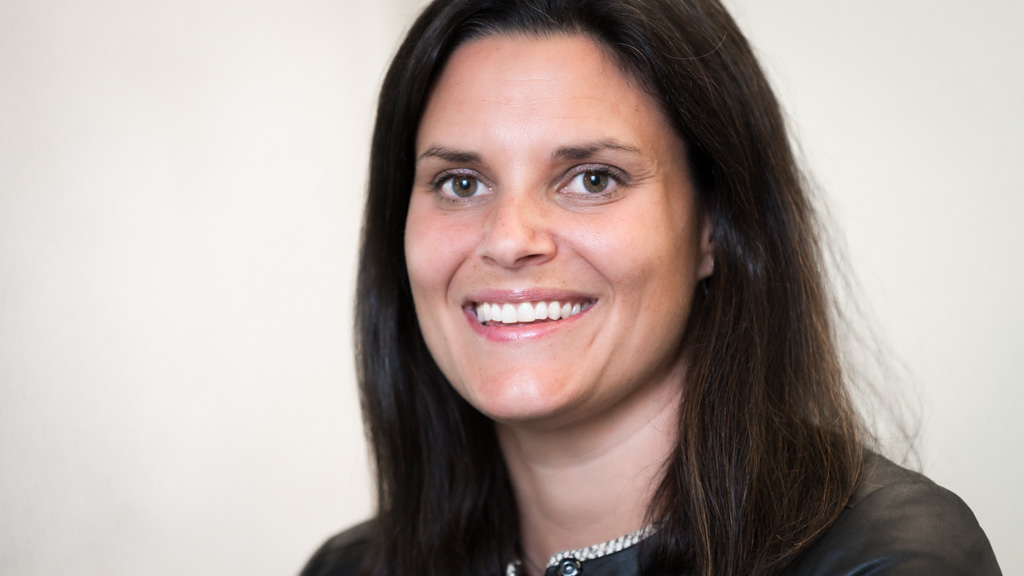- Future Students
- Current Students
- Faculty
- Staff
- Alumni
- Others
Is it possible to lose a diagnosis of autism?
According to Program Head of Early Childhood, Dr. Nikki Martyn, we’re asking the wrong question
Dr. Nikki Martyn used to work at a therapeutic daycare that she co-founded, innovative in its interventions for children with special needs. That’s where she met a boy whose story may change the lives of many others. The boy, who cannot be named for confidentiality, was three at the time.
By then, he had been diagnosed with severe autism at the Hospital for Sick Children. He was also in remission for a cancer diagnosis he’d received at the age of 18 months, for which he’d undergone surgery and chemotherapy.
Dr. Martyn offers an aside: “Developmentally, 18 months is significant because it is often the diagnostic time for Autism Spectrum Disorder (ASD) – and happened to be at the same time as his trauma,” she says, referring to his cancer diagnosis and subsequent treatments.
But in observing the boy play and interact with others at the daycare, Dr. Martyn found herself questioning the diagnosis: “He was showing some autistic behaviours, but certainly not what we would consider severe. I couldn’t understand why he’d been given such a diagnosis – that became clear to me very quickly.”

She explains that children with autism will often show behaviours like lining up toys, needing to colour coordinate, flapping their arms or spinning; children with severe autism are typically non-verbal, make no eye contact, and often conform to very rigid routines.
“As a person interacting with a child with severe autism, there appears to be no interaction or awareness of the other. It appears as if they’re oblivious to you.”
“But this boy was making eye contact with others, he was engaging others, he was aware of his surroundings.”
Then one day, a developmental assessment that would lead to one answer and many more questions.
“He was in a private room with an assessor – and he just froze. It was at that moment that I realized why he’d been given a diagnosis of severe autism. [The assessment at] SickKids would have been a similar testing situation.”
“There was something about the stress or the pressure that made him completely shut down,” she says. “And we know that that’s the case with trauma, as well.”
Which led her to ask the question at the root of her current research project: “Could this trauma have created behaviours that look like autism?”
Over the next three years, Dr. Martyn continued to work with the boy, but had changed his treatment – which included things like speech and language pathology, occupational and behavioural therapy – to look at the trauma.
“Fortunately or unfortunately, trauma can be experienced in many different ways, and so it can be very difficult to diagnose or to see the differences between trauma and other diagnoses. Some trauma behaviours are very similar to autistic behaviours.”
After ongoing treatment, Dr. Martyn suggested to the boy’s parents that they go back to SickKids for a reassessment. The diagnosis was completely taken away.
***
“To go from a diagnosis of severe autism to no diagnosis whatsoever – it’s astounding.”
***
She adds that losing a diagnosis of autism is particularly rare because of its neurological and often times genetic component, leading her to believe that in this case, the traumatic effects of his cancer looked so much like autism that it was in fact diagnosed as such.
With funding from the University of Guelph-Humber’s Research Grant Fund, Dr. Martyn is reviewing the boy’s complete medical file as a case study, which includes both his history of cancer and also his history of autism. She’s speaking with his parents, looking at his school files – looking to see if she can formulate a coherent story of what happened.
“While there is a lot of research being done on the neurology of autism and brain plasticity, what’s not being researched is trauma looking like autism.”
The implications of finding truth to her hypothesis are potentially huge.
In Canada, the prevalence of children with a diagnosis of ASD has increased by 39% to 204% across the country between 2001 and 2010 (Autism Canada Society NEDSAC, 2012).
***
“Here’s one possible example of a child who had this happen. But I would venture to say that if we have one child who adapted to a trauma in a way that looked like autism, we probably have many more.”
***
Dr. Martyn is hopeful this case study will lead to further research to understand the differences and similarities between trauma and autism.
“We don’t know very much about autism – and we certainly don’t know how to lose a diagnosis of autism. But we know a lot more about trauma and its effects. And we do have ways of helping children process trauma and work through it.”
“This could have implications for our educational system, our medical system, our policies, for early childhood educators in our understanding of a child’s development, and especially for children and their families.”

